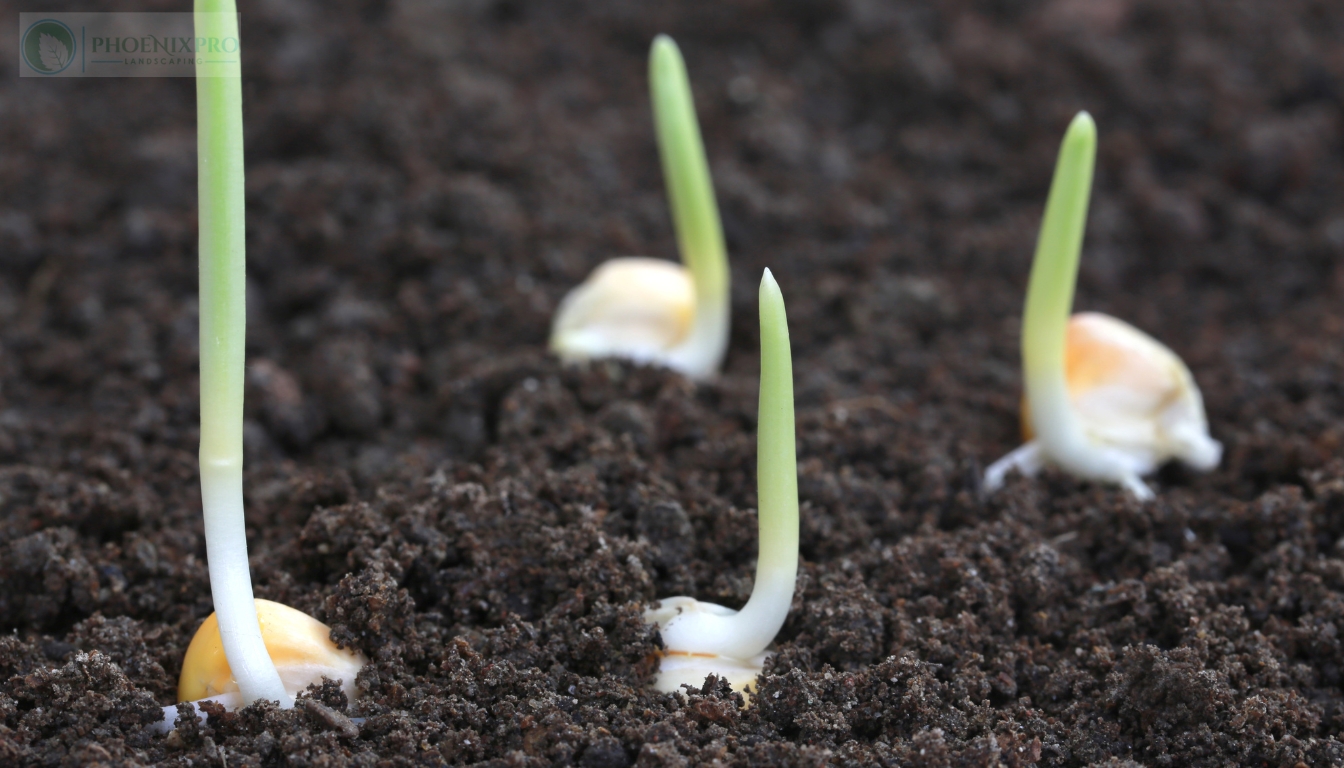Introduction
When it comes to achieving a lush, green lawn, timing is everything. Knowing the best time of year for lawn fertilization can make all the difference between a vibrant yard and a dull, patchy landscape. If you’ve ever gazed out at your grass and wondered why it doesn’t look as healthy as it should, the answer could lie in your fertilization schedule. In this comprehensive guide, we’ll explore the ins and outs of lawn care, focusing on how to optimize your fertilization efforts throughout the seasons.
With this knowledge in hand, you'll be well on your way to transforming your outdoor space into a verdant oasis that not only enhances your property but also brings joy to everyone who sets foot on it.
The Best Time of Year for Lawn Fertilization
Fertilizing your lawn isn’t just about tossing some granules onto the grass; it’s a strategic approach that must align with seasonal changes and growth cycles. Generally speaking, there are two prime times for lawn fertilization: spring and fall.
Why Timing Matters in Lawn Care?
Understanding when to fertilize is crucial because:
- Grass Growth Cycles: Different types of grass have unique growth patterns. Weather Conditions: Temperature and moisture levels affect nutrient absorption. Pest Control: Proper timing can help mitigate pest problems.
Spring Fertilization: An Early Boost
Spring is often heralded as the optimal time for rejuvenating your lawn. As temperatures begin to rise and snow melts away, grass starts waking up from its winter slumber. Here’s what you should consider:
Timing Your Spring Fertilization
Aim to fertilize when:
- Soil temperatures are consistently above 55°F. Grass begins to turn green and show signs of active growth.
This typically falls between late March and early May, depending on your location.
Types of Fertilizers for Spring
Slow-release fertilizers: These provide nutrients over an extended period. Liquid fertilizers: Quick absorption for immediate results.Fall Fertilization: Preparing for Winter
While spring is critical, don’t overlook fall! This season is equally important for robust lawn health as it prepares grass for the harsh winter months ahead.
When to Fertilize in Fall?
Fertilize in early fall—between late August and early October—when:
- Grass has finished its summer growth phase. Soil temperatures remain warm enough to stimulate root development.
Choosing Fall Fertilizers
Consider using:
- High phosphorus formulas that promote root growth. Organic fertilizers that improve soil structure.
Lawn Cutting Techniques: Complementing Your Fertilization Efforts
After determining when to fertilize, the next essential aspect of maintaining a healthy lawn is proper cutting techniques.
How Does Lawn Cutting Impact Growth?
Regular mowing encourages thicker grass while preventing weeds from taking root. Here's how:
Mowing Height: Keep grass at least 3 inches tall. Cutting Frequency: Mow frequently during peak growth seasons but avoid cutting more than one-third of the grass blade at once.Best Practices for Lawn Cutting
- Use sharp blades to ensure clean cuts. Change mowing patterns regularly to prevent soil compaction.
Factors Affecting Lawn Fertilization Timing
Several factors influence when you should apply fertilizer during the growing season:
Soil Type Considerations
Different soil types (clay vs sandy) absorb nutrients differently:
- Clay retains moisture but drains poorly. Sandy soils drain quickly but may require more frequent applications.
Weather Patterns and Their Impact on Fertilization
Rainfall can significantly affect when you should apply fertilizers:
- Avoid fertilizing before heavy rainstorms; nutrients can wash away.
Local Climate Variations
Your region’s climate plays a critical role in determining optimal fertilization times:
- Warmer climates may allow for year-round care while colder areas have distinct growing seasons.
Nutrient Requirements by Season
Each season poses unique nutrient demands on your lawn:
Spring Nutrient Needs
Focus on nitrogen-rich fertilizers that promote vibrant top growth after dormancy.
Summer Nutrient Maintenance
Consider light applications or slow-release products; excessive heat can stress plants.
Fall Nutrient Requirements
Prioritize potassium-rich fertilizers that prepare roots for winter survival.

Common Mistakes in Lawn Care & Fertilization Timing
Even seasoned homeowners make mistakes! Avoid these pitfalls:
Over-fertilizing during hot weather can burn grass roots. Ignoring soil tests means you might miss specific nutrient deficiencies. Poor watering practices post-fertilization can lead to uneven nutrient distribution.FAQ Section
1. What happens if I fertilize my lawn too early?
Fertilizing too early may stimulate growth before conditions are suitable, leading to potential frost damage or disease susceptibility.
2. Can I fertilize my lawn during drought conditions?
It’s not advisable! Drought-stressed lawns won’t effectively absorb nutrients, risking fertilizer burn and wasting money spent on products.
3. Should I aerate before or after fertilizing?
Aerate before applying fertilizer! Aeration creates channels in the soil that help nutrients penetrate deeper into the root zone where they’re needed most.
4. Is organic fertilizer better than synthetic options?
Both have their pros and cons! Organic fertilizers improve soil health over time while synthetic options provide quicker nutrient uptake for immediate needs.
5. How often should I test my soil?
Testing every few years will give you a good baseline; however, if you're changing fertilizer types or noticing issues with your lawn's health, more frequent testing may be beneficial!
6. Can I hire a professional service for my lawn care needs?
Absolutely! Lawn care services bring expertise and save you time while ensuring optimal results tailored specifically to your yard's requirements!
Conclusion
Successfully nurturing a thriving lawn boils down to understanding The Best Time of Year for Lawn Fertilization. By timing your fertilizations right—whether in spring or fall—and employing proper mowing techniques alongside diligent attention to soil conditions—you’ll cultivate an area that's sure to impress friends and family alike!
Whether you choose DIY methods or enlist professional help from https://frightening-information.uncrn.co/blog/uncovering-the-secrets-of-successful-sod-installation/ a trusted lawn care service, remember that informed decisions lead directly to lush landscapes full of life! So roll up those sleeves—your dream lawn awaits!
This article aimed not only to educate but also inspire homeowners everywhere about effective lawn care practices that yield beautiful results season after season!